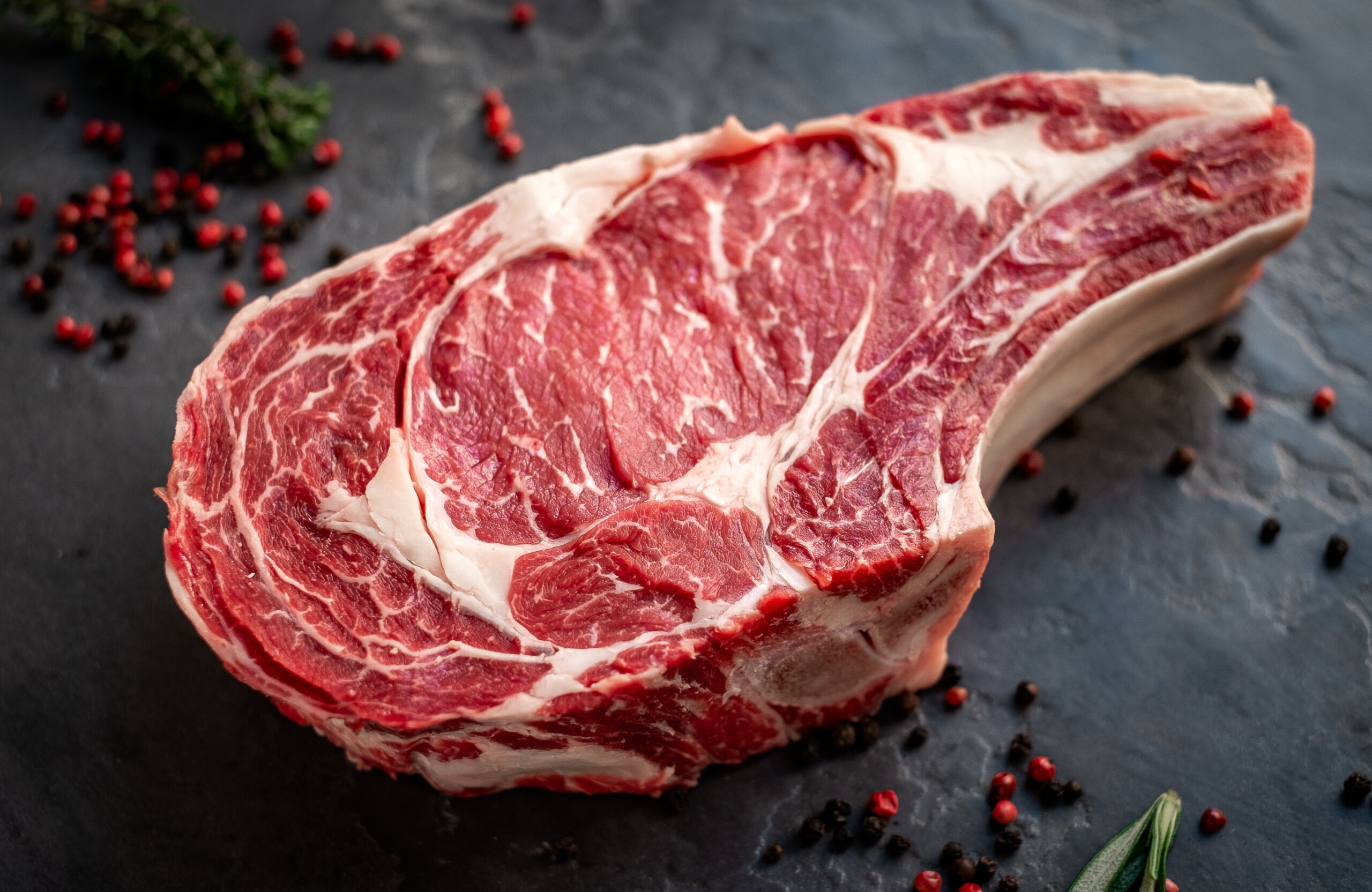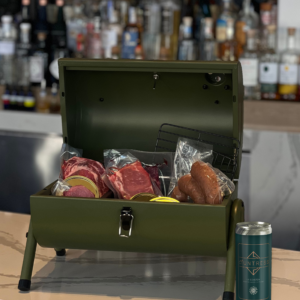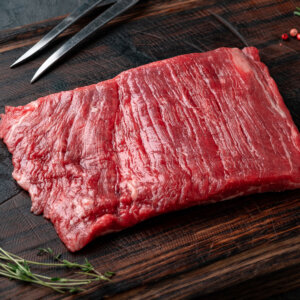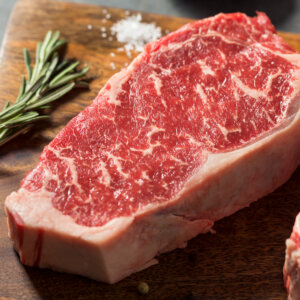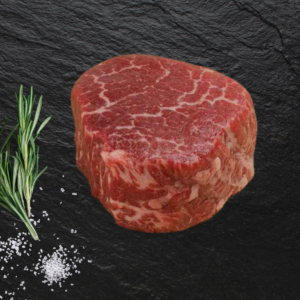Sale!
Local Pick Up Only – 16oz Bone-In Ribeye Steak
$66.00 $33.00
All orders can be picked up at Huntress, 376 5th Ave, on Fridays between 1 and 6pm. Orders are not available for shipping.
16 oz Bone-In Ribeye, aged for 28 days, from Creekstone Farms
Cooking Instructions
Preparation: Allow the steak to sit at room temperature for 30-40 minutes before cooking. Season liberally with salt and pepper.
Cooking: Heat your grill or skillet to high heat. For grilling, place the steak directly over the heat. For pan-searing, add a bit of high-smoke-point oil to the pan. Cook for about 6-7 minutes on each side for medium-rare. Given its thickness, consider moving it to a cooler part of the grill or reducing the heat and covering the skillet to cook evenly.
Resting: Rest the steak for 10 minutes under a foil tent before serving.
Additional Tips: Always preheat your cooking surface before adding the steak to ensure it sears properly. Use a meat thermometer to check for doneness: 120-125°F for rare, 130-135°F for medium-rare, 140-145°F for medium, 150-155°F for medium-well, and 160-165°F for well done. Resting the steak after cooking is crucial as it allows the juices to redistribute throughout the meat, ensuring a moist and flavorful steak.
What is 28-Day Wet-Aged Meat?
When meat is wet-aged, it is sealed in airtight plastic packaging immediately after butchering and then stored in a controlled, refrigerated environment. The 28-day period allows the meat’s natural enzymes to break down the muscle fibers and connective tissues, enhancing both the flavor and tenderness of the meat. The specific timeframe of 28 days is often chosen to balance achieving noticeable improvements in texture and flavor without the meat becoming overly soft or losing its integrity.
Comparing Wet Aging to Dry Aging
While both wet and dry aging improve tenderness and flavor, the processes have distinct outcomes. Dry aging involves aging meat uncovered in a controlled environment, leading to moisture evaporation and a more pronounced concentration of flavor, along with a unique outer crust that must be trimmed away before cooking. Wet aging, on the other hand, focuses on enhancing tenderness and maintaining moisture without the intense flavor concentration or outer crust associated with dry aging.
Steak your claim
Join The Hunt
Get special offers & updates on our current events.

